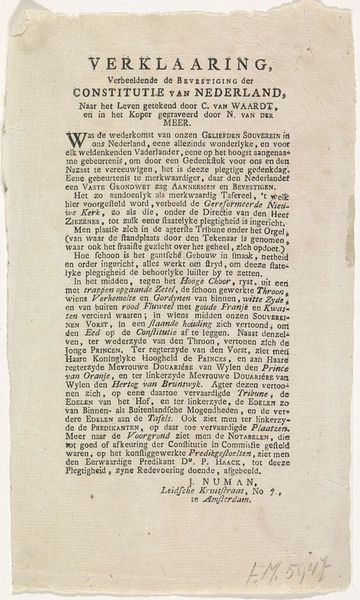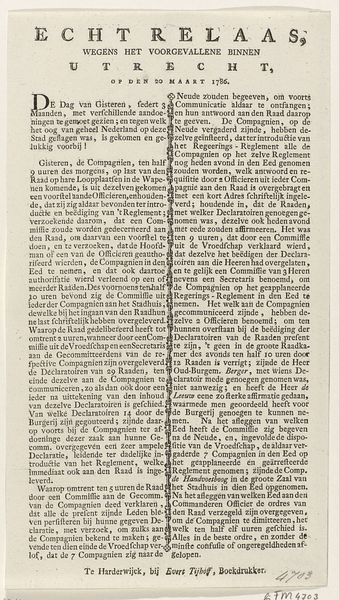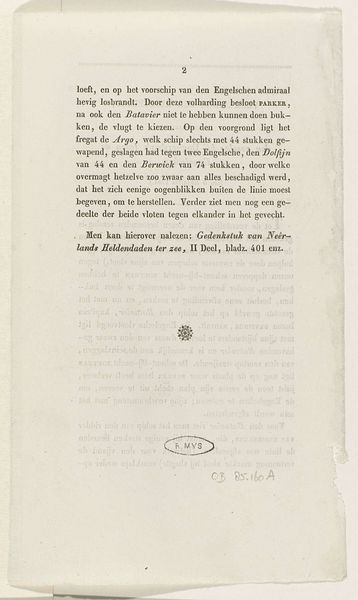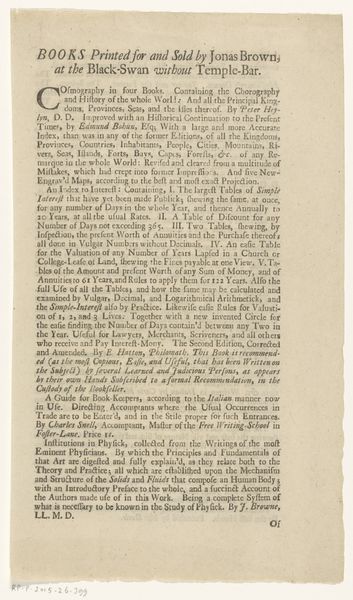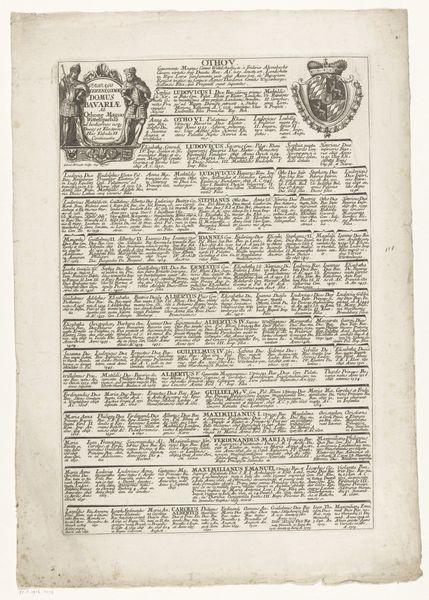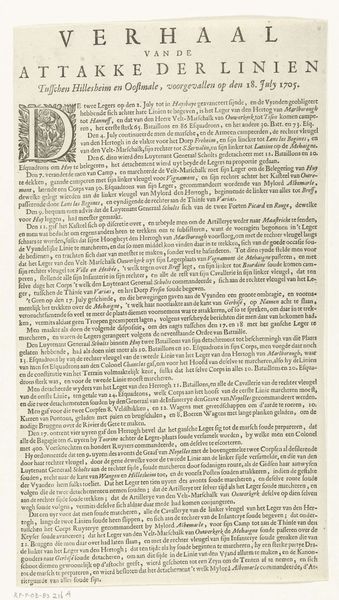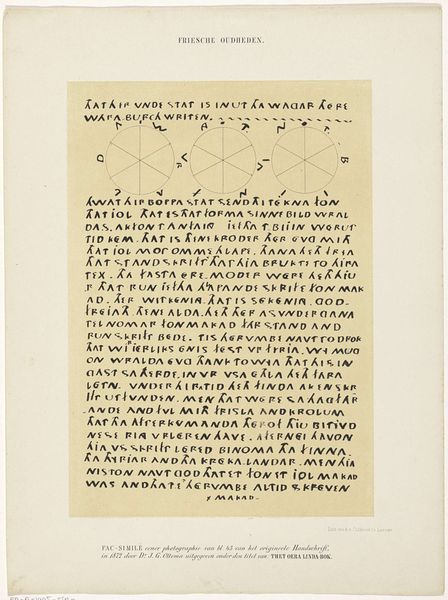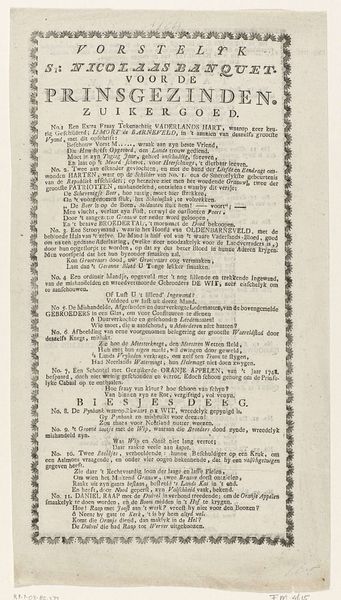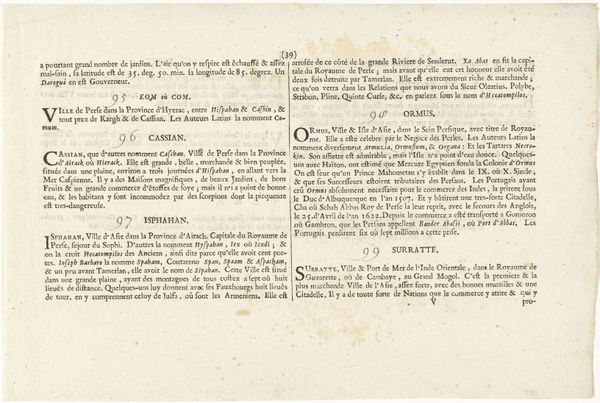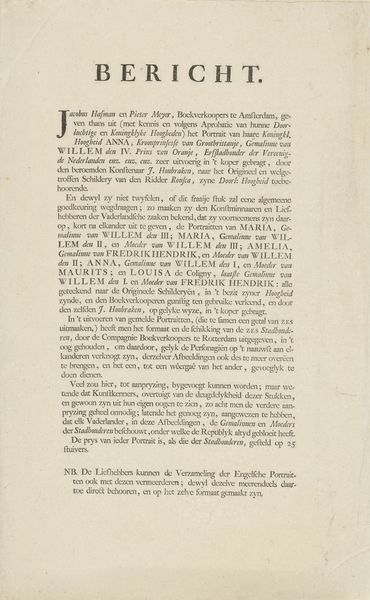
print, typography
# print
#
typography
Dimensions: height 220 mm, width 140 mm
Copyright: Rijks Museum: Open Domain
Editor: Here we have a print from 1782, titled "Verklaring bij de spotprent op de prins en zijn aanhang," meaning "Explanation of the satirical print on the prince and his followers," currently held at the Rijksmuseum. It’s typography on paper and strikes me as an angry, declarative statement. What do you see in this piece, looking at it from a historical and political lens? Curator: I see a potent example of political propaganda circulated during a turbulent period in Dutch history. The text drips with animosity toward the Prince of Orange and his supporters. What is interesting here is to consider how these printed images worked in shaping public opinion during this period. This text speaks about the Prince's followers as traitors sacrificing the fatherland and its people to their ambitions. Can you see how this piece contributes to creating an enemy of the Prince? Editor: Absolutely. It’s fascinating how words alone can act as weapons, influencing public sentiment. The writer utilizes very evocative and violent descriptions here! Why this emphasis? Curator: Think about it this way: by casting the Prince's supporters as selfish, power-hungry figures willing to enslave the populace, this broadside seeks to delegitimize their claims to authority and rally the public against them. Notice that these prints weren't just passively consumed; they incited discourse. They were displayed in public houses, distributed at gatherings, triggering social and political tensions. This piece encourages the masses to unite against what they perceive as threats to their liberties. How might this specific example shaped revolutionary activities at the time? Editor: It makes me see the role of art as less of an aesthetic practice and more like a political tool! The very act of circulating this print challenges established power structures, correct? Thanks, this was so helpful in better understanding this print's function. Curator: Precisely! Reflecting on its impact in real-time illuminates the crucial function that art fulfilled as a catalyst for change during moments of social and political transformation. The art helped establish a common revolutionary identity and fuel for political participation.
Comments
No comments
Be the first to comment and join the conversation on the ultimate creative platform.
